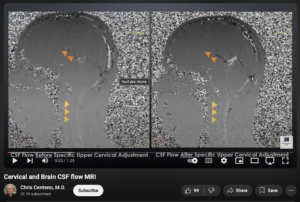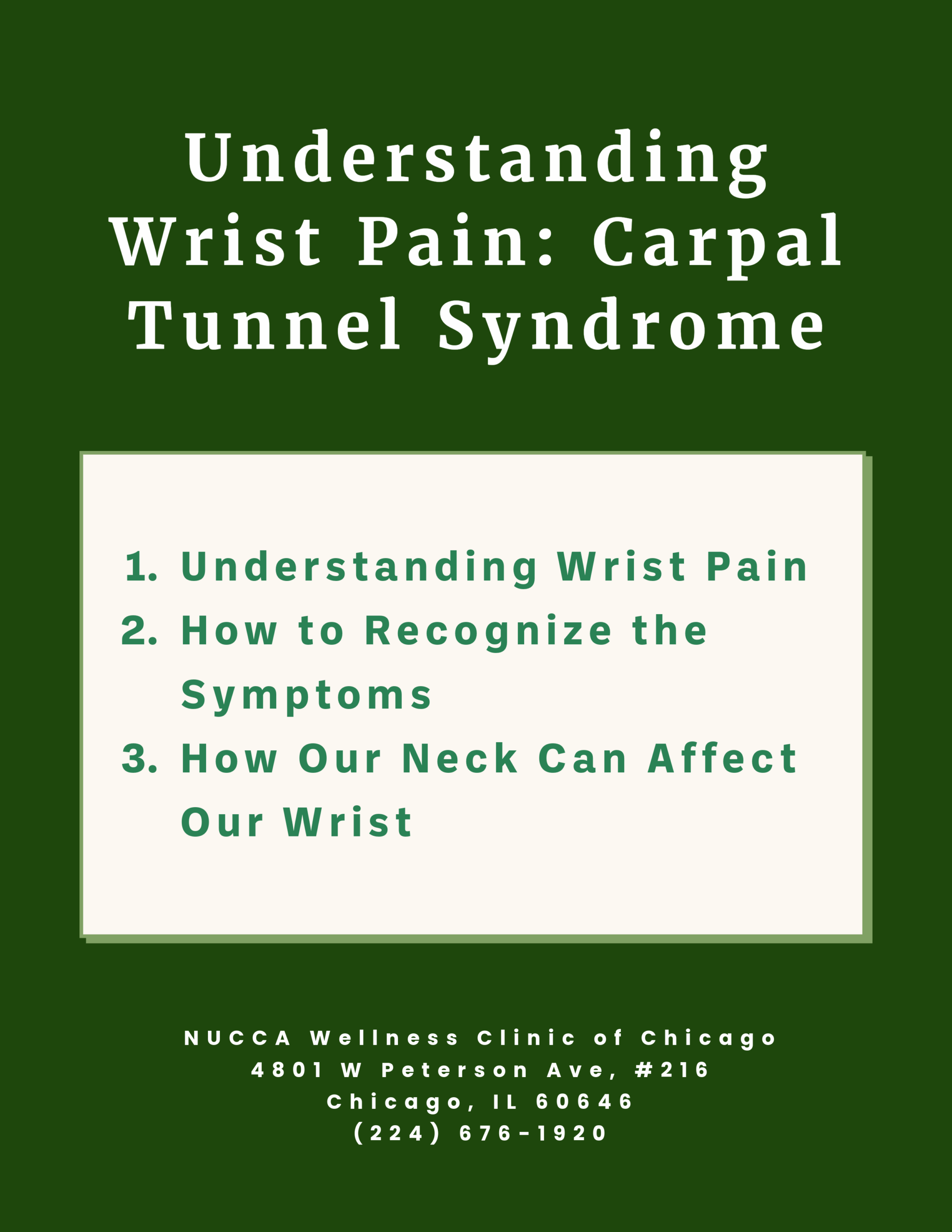The long term effects of migraine on daily activities of life.
Migraines can significantly impact daily life, affecting physical, emotional, and social well-being. During an attack, pain and other symptoms like nausea, visual disturbances, and sensitivity to light or sound can be so intense that performing even simple tasks feels overwhelming. Beyond the headache itself, migraines can disrupt routines, affect job performance, and limit social interactions, leading to missed days at work, school, or social events.
Emotionally, the unpredictability of migraines can foster anxiety, as people might worry about when the next attack will occur. This concern may lead some to avoid activities they enjoy out of fear of triggering a migraine, which can contribute to feelings of isolation and depression.
The American Migraine Foundation highlights that chronic migraines can also have long-term effects on mental health, as ongoing pain and disruption lead to mood changes, difficulty with concentration, and even cognitive fatigue. This can be particularly challenging in personal relationships, where mood swings or limitations due to migraine symptoms might create tension or misunderstandings.
Global headache epidemic and its cost
A person who suffers from migraines will try to describe just how devastating they can be. However, it is impossible to understand the pain until having experienced it. They truly are debilitating. Globally, a huge 46% of people suffer from migraines. In the USA, about 10% have migraines, with women being more affected than men.
While the physical pain is hard to endure, the financial burden is also difficult to bear. In healthcare costs alone, $50 million is spent each year on treating migraines. In the workplace, 113 million days of work are missed, costing employers $13 million in revenue.
Upper cervical spine misalignment and spinal fluid interconnection revealed
Dr. Raymond Damadian from New York is the inventor of the upright MRI. By using this machine, he was able to show the damage caused by a misalignment of the upper cervical spine, the top two bones in the spinal column. This misalignment caused the flow of the cerebrospinal fluid (CSF) to, from, and through the brain to be altered. This can lead to numerous complications for someone because this fluid is vital to proper lubrication of a person’s brain and spinal cord.
Every day, our brain produces around 500 cc of cerebrospinal fluid that circulates through the central nervous system, much like blood does for the rest of our body. But here’s where it gets interesting: when someone experiences trauma like whiplash or a concussion, it can knock the Atlas vertebra (the topmost bone in your neck) out of position. This misalignment can actually pull on the cerebellum, partially drawing it down through the skull’s base opening and disrupting the normal flow of spinal fluid.
Think of it like a kinked garden hose – when that fluid can’t flow properly, it backs up, causing swelling and potentially damaging tiny blood vessels in the brain. This chain of events can trigger migraines. Through their imaging studies, Drs. Rosa and Damadian have been able to visualize these effects in real-time, showing exactly how neck misalignment impacts both spinal fluid and blood flow patterns.
Dr. Rosa has documented cases where properly adjusting the upper neck reverses these effects. Dr. Damadian himself has become a vocal advocate for addressing Atlas misalignments, viewing it as a crucial but often overlooked aspect of healthcare. While upper cervical chiropractors have long seen success treating migraine patients, this research finally sheds light on the underlying mechanisms that make their treatments effective.
How does NUCCA help?
At NUCCA Wellness Clinic of Chicago, we work closely with migraine patients. We understand how the brain and spinal cord work in relation to migraines. If there is a misalignment in the uppermost bone of the neck vertebra, called the atlas or C1 bone, this can be an underlying cause of migraines. This is due to the fact that a misalignment in this area creates pressure on the brainstem hindering communication to and from the brain and body. Blood flow and cerebral spinal fluid flow are disrupted. Nerves become agitated. This creates a migraine headache.
By allowing us to find and then correct this misalignment using the latest tools and techniques, many of our patients find that they are suffering much less. In fact, in some cases, patients have had their migraines go away entirely.





